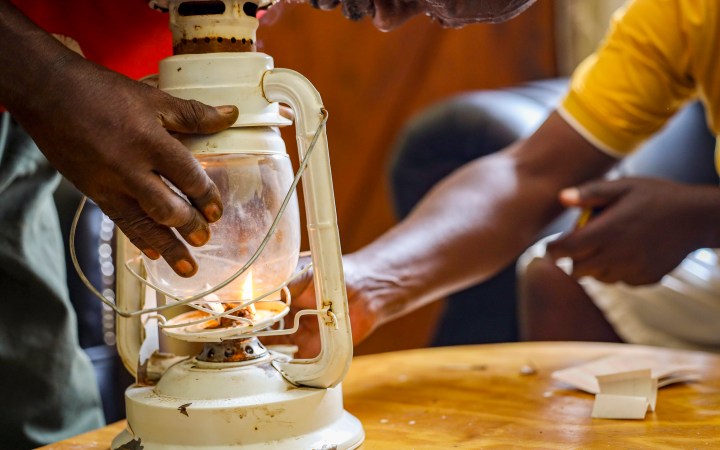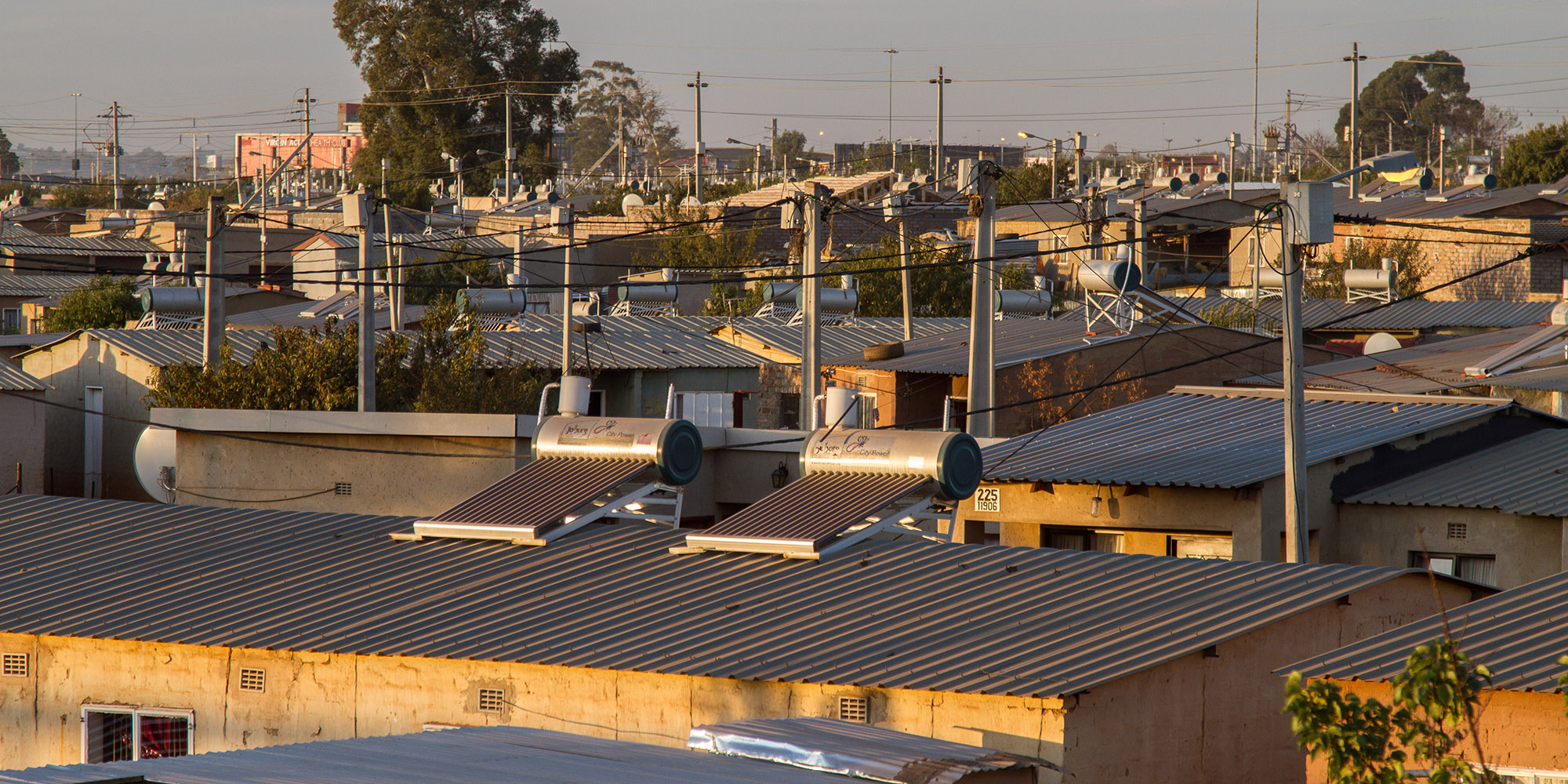ILLUMINATING DATA
Paraffin usage in poor SA households has dramatically declined

The use of illuminating paraffin, a major fire hazard and the top cause of poisoning cases among South African children, has dramatically declined over the past three decades. Meanwhile, solar power usage provided by municipalities to poor households has increased. The two trends together are a ray of light for the poor.
On Wednesday, when petrol and diesel prices at the pumps went up, the wholesale price of illuminating paraffin fell 29 cents per litre.
This fall in the price of paraffin is welcome relief for poor South African households that use the hazardous fuel for cooking. But the number of households that rely on paraffin has fallen dramatically over the past three decades – an illuminating socioeconomic indicator.
“The use of paraffin by South African households in general has declined over the years, according to census data from 1996 to 2022. In 1996, 21.6% of all households used paraffin as a source of energy for cooking, falling to 8.5% in 2011 and further to 2.7% in 2022,” Statistics South Africa (Stats SA) said in a recent update on energy use in poor households.
“Municipal support programmes have also scaled back in this regard. In 2022, 11 municipalities supplied paraffin to 22,421 households (less) than the 86,522 households in 2017.”
The bottom line is that almost three decades ago, over a fifth of all South African households were using paraffin, and less than 3% are now exposed directly to its dangers.
South Africa remains scarred by shocking levels of poverty, inequality and unemployment in an economy that has failed to reach its potential largely because of the unfolding failure of the state.

Solar water heaters on the rooftops of residential properties in Soweto. (Photo: Dean Hutton / Bloomberg via Getty Images)
But the sharp decline in paraffin use points to at least an alleviation of some of the worst consequences of poverty.
Paraffin, while useful for a shack dweller with no grid connection, is also toxic and highly combustible. You resort to it only if you are really poor and have no alternatives.
According to the University of Cape Town’s Faculty of Health Sciences, it is “the number one cause of poisoning in South African children”.
It is also the cause of many of the shack fires that have ravaged South Africa’s informal settlements over the decades.
The government claims it has connected more than seven million households to the national power grid since 1994, but that grid – as all South Africans know – has grown increasingly unreliable.
But there has been a slight increase in off-grid solar sources to power up poor households.
“Of South Africa’s 257 municipalities, 21 municipalities across seven provinces supplied solar home systems to 149,919 households. This is up from 113,197 households in 2017,” Stats SA said.
The use of fire gel as an off-grid energy source has also declined.
These trends are at least a ray of light for the poor, but, like social grants, they highlight an alleviation of the harder edges of poverty rather than its elimination. DM
















 Become an Insider
Become an Insider
Comments - Please login in order to comment.